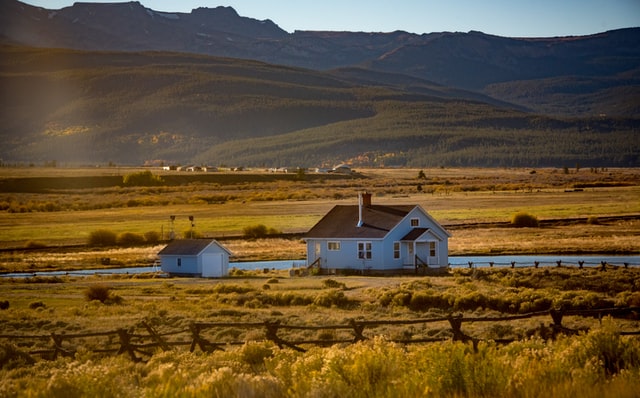Nowadays, there are many reasons to feel uncertain. Supply chain crisis? Check. Dysfunctional political discourse? Check. A sense of disconnection from community and place? Check.
As remote work becomes more commonplace and individuals’ search for community and belonging grows, a new vision is emerging. People are musing about the possibility of securing land, building toward self-sufficiency, sharing with others on the same path, and establishing a deeper connection with nature. We might call these people new homesteaders.
My family started our homestead four years ago in Uruguay. Beginning with only a vegetable garden and a small orchard, we now have chickens, cattle, and over 100 fruit and nut trees! Here in Uruguay, we share ideas with neighbors, tend to each other’s kids, and collectively run the local school. We also attend each other’s events, and buy each other’s products. In short, none of us would be able to succeed without the other.
Life here on the homestead is good, but we still have a long way to go. It’s important to remember that homesteading is a journey, not a destination.
If you’re thinking about beginning your own homesteading adventure, here are a few helpful steps that will help you to get you started.
Step One: Evaluate land.

If you are thinking of buying some land, first do your research. You need to ask yourself: What am I looking for? Do I want to produce food for my family or do I want to produce for the local market? How far do I want to be from a town? If you have school-age children, think about school districts. What kinds of zoning and regulation will determine what you can do on your property? One way to manage the barrage of questions you’ll face when evaluating land is to visit properties with a rural real estate agent. They’ll likely answer all the questions you have and some you didn’t think to ask! You may also want to get a feel for a place before making a commitment. Attend local events and talk to people. People love to share! It gives them a chance to show off their home. Introduce yourself, tell people your story, and ask them what they most love about their place. If you do end up settling there, you’ll already have made some connections.
Step Two: Establish back-up systems.
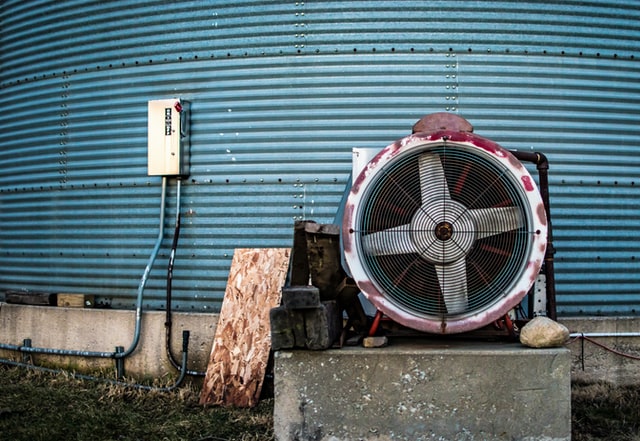
In a future of climate change, drought, flood, and other disasters: you must be prepared for worst case scenarios. Where does your water come from? Do you have second and third backup sources for energy? Can you shift your practices to include low-tech solutions like solar water heaters or compost toilets? How will you get around if there are gas shortages? There are many free online resources that address these questions. On our homestead, we rely on websites that aggregate resources like Low Impact or Permaculture Principles. You may also find a particular YouTube personality appealing for their homesteading philosophy. The farmer whose perspective most appeals to us is Mark Shepard, author of the #1 Amazon bestseller in agriculture, “Restoration Agriculture.”
Step Three: Cultivate mentors.
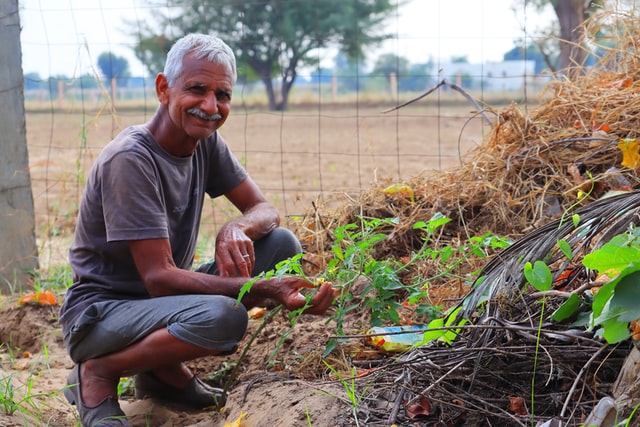
Once you commit to a place, find someone who has worked on your scale to help you create a plan for your property. You can find experts in permaculture, foodscaping, pastured small-scale livestock like egg-laying chickens, or all of the above. Finding someone to help you think through the potential for your property, and what pitfalls to avoid will save you serious heartbreak later. It’s worth noting that not every place will have paid consultants who know about small-scale production, but most places have functioning family farms that don’t often think of themselves as the expert they are! Find a family farm (see this map), and become a customer. Build a relationship with them, show an interest in their operation, and share your goals for small production. They may offer you an opportunity to come learn through volunteer work, or you can offer to pay them to consult on your property! The kind of knowledge gained by years of successful family farming is invaluable. On top of it all, you’ve made a community connection!
Step Four: Work with your land.
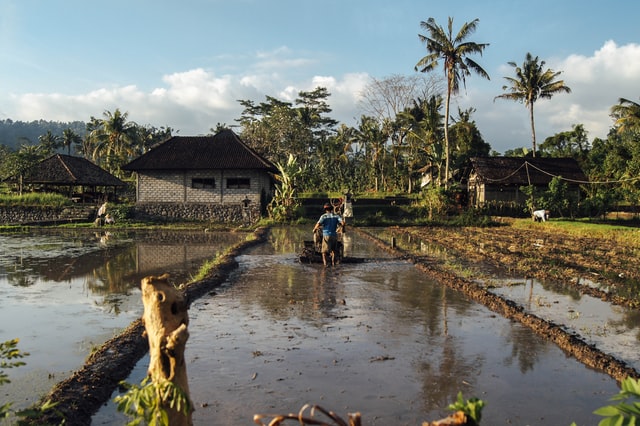
Think outside the box when it comes to developing resilience. Most people start with a small vegetable garden, but think about the strengths of your specific ecosystem. If you have a woodlot, consider sustainable crafts such as spoon or bowl-making or try your hand at growing mushrooms. If you have water on your property, think about ecological riparian management. If you live in an arid environment, consider earthworks or agroforestry as a way to capture and hold water. The first step in developing resilience on your land is to find someone in an equivalent bioregion, and learn how they manage their land. Many people don’t realize it, but most local areas have clubs focused on these different craft activities! Look to your local agricultural extension office to ask about classes in the area. They are usually a good place to find connections to not only their own classes, but what other clubs exist in the area.
Step Five: Remember, it’s all about people.
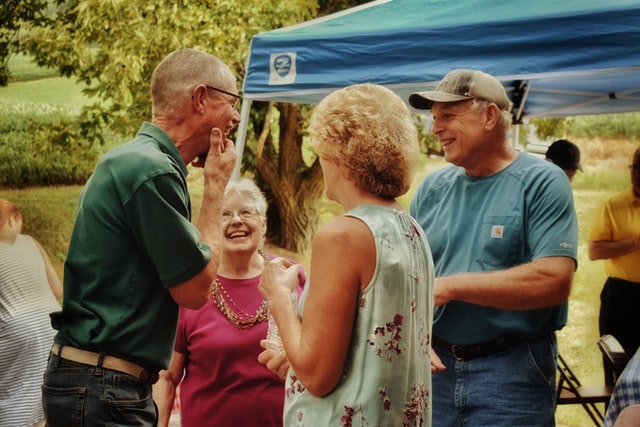
Do you see a theme emerging in all of the steps? Homesteading is about people! Building community and skills is the surest way to a more connected life. Few have ever built total self-reliance on the scale of the family. Deep resilience happens in community. Depending on the culture of your area, find simple ways to connect with neighbors, attend local events, support your neighbors’ projects, and find ways to participate in local politics. The relationships you build with others will be at least if not more important than the resilience you build on your land.
If you’re interested in learning more about homesteading, feel free to take a look at the Homestead Incubator class. The course will be taught by a skilled group of practitioners including Roxanne Ahern, Joseph Smith, and Tristan Roberts.
Applications for the twelve week course close December 1, 2021 with class beginning January 10, 2022.
